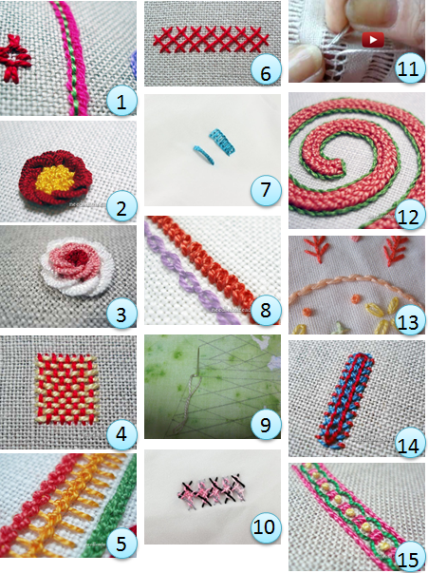
There are many different stitches that can be used for hand embroidery. This article will provide an overview of the most common stitches, their uses, and how to lean them.
The most common stitches used for embroidery are the straight stitch, the zigzag stitch, the satin stitch, and the French knot. Each of these stitches has a specific purpose and can be used in a variety of ways.
The straight stitch is the simplest stitch and is used to sew pieces of fabric together. It can be worked in either a forward or reverse direction, and can be used to sew fabric together on both the front and the back of the fabric.
The zigzag stitch is similar to the straight stitch, but is worked in a zigzag pattern. It can be used to sew fabric together on the front or the back of the fabric, and can be used to create a variety of designs.
The satin stitch is a decorative stitch that is worked in a mirror image of the stitch used to create it. It is used to create a smooth finish on the fabric, and can be used to create designs on the fabric.
The French knot is a knotting stitch that is used to create a variety of designs on the fabric. It can be worked in a variety of ways, and can be used to create a variety of stitches.
(1) Pekinese stitch (video) from Needle ‘n’ Thread
This is a stitch that begins with a backstitch line. After that, a second thread is wrapped behind the backstitches.
(2) Cast-on stitch (video) from Needle ‘n’ Thread The cast-on stitch is a 3D embroidery technique. It sits up off the cloth, giving a texture stitch that is great for flower petals and wherever else you want texture clusters on your embroidery.
(3) Cast-on stitch rose from Needle ‘n’ Thread The cast-on stitch is a lovely hand embroidery stitch for creating magnificent, rich, dimensional flowers. The stitch is commonly employed in Brazilian embroidery, but it may also be used efficiently in stumpwork embroidery.
(4) Woven filling stitch from Needle ‘n’ Thread Needle weaving in hand embroidery incorporates a variety of stitches. Woven picot, woven wheel, and different interlaced stitches are all examples of “needle weaving” stitches.
(5) Knotted pearl stitch (video) from Needle ‘n’ Thread– The knotted pearl stitch is similar to the Palestrina stitch, but it varies in two ways: 1. the orientation of the threads is reversed, and 2. there are two knots generated in this pattern, as opposed to simply one knot in the Palestrina stitch.
(6) Interlaced herringbone stitch (video) from Needle ‘n’ Thread– This stitch pattern is known as interlaced herringbone. A row of double herringbone stitch is interwoven in two passes. It is critical to work the double herringbone stitch correctly in order to generate the stitch correctly.
(7) Buttonhole stitch bars and double buttonhole stitch bars from Big B
(8) Chinese knot stitch (video) from Needle ‘n’ Thread– Another knot stitch that may be added to the list is the Chinese knot. The Chinese knot is frequently shown as a line or filling.
(9) Stem stitch from Shawkl– The stem stitch has Always been done from left to right, with the thread underneath the needle.
(10) Interlacing stitch from Big B
(11) Embellishing drawn threads (video) from Agulhas da Meri
(12) Plaited braid stitch (video) from Needle ‘n’ Thread– Plaited braid stitch is frequently presented as a historical stitch that is “only” used in historical re-creations with metal threads.
(13) Cable stitch from Materialistic– The motion of cable stitch is similar to stem stitch, but it appears to be smoother. If you haven’t done it before, give it a shot; you’ll be surprised.
(14) Interlaced chain stitch from Needle ‘n’ Thread– Hand embroidery stitches made composed of two or more stitches that work together to form another stitch are known as composite stitches.
(15) Guilloche stitch from Needle ‘n’ Thread
Guilloche is a term used in art and architecture to describe a repeated pattern of intertwined ribbon-like curves forming circles on a border.
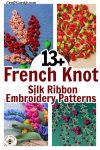
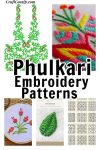
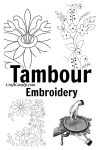
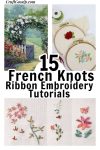

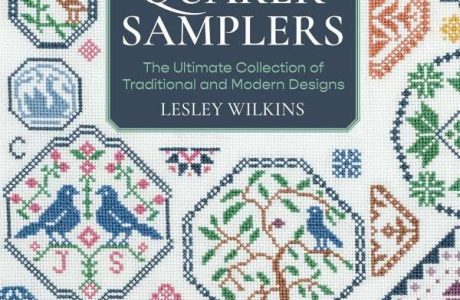
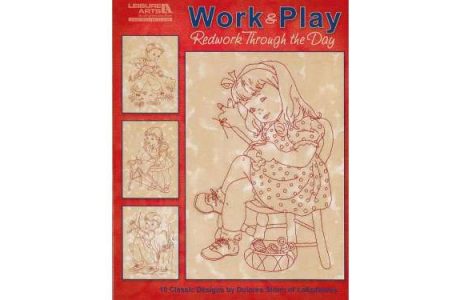
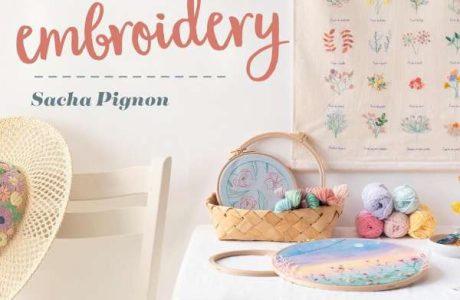
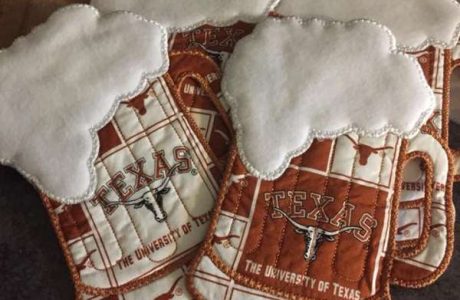
Leave a Reply